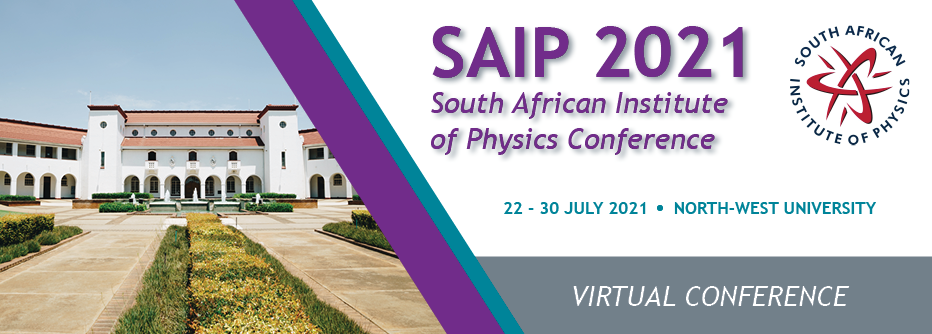Speaker
Description
Resonance Ionization Spectroscopy (RIS) is a spectroscopic technique that relies on the resonant excitation of an atom using lasers. The process involves series of atomic excitations, with at least one resonant transition, and ends when the atom is ionized. The RIS process can be applied in the production and study of rare and exotic nuclei via radioactive ion beams at accelerator facilities such as ISOLDE at CERN or LERIB at iThemba LABS. RIS can also be used to enhance the production and quality of isotopes used for medical applications.
The main aim of this project is to improve and optimize an existing RIS setup for the study of the various stable isotopes of tin. Tin is an important element in the study of nucleus structure as it has a high stability due to completely filled proton shells, and therefore a large number of isotopes. In this presentation, we report on the different methods applied at the RIS facility at CERN while highlighting key differences, advantages, and disadvantages of the methods used. We also report on the progress made at the RIS lab at Stellenbosch University and the future plans for applications.
Level for award;(Hons, MSc, PhD, N/A)?
PhD
Apply to be considered for a student ; award (Yes / No)?
Yes

